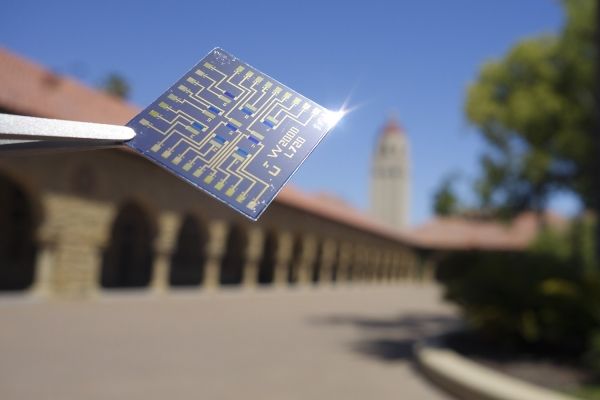The brain’s capacity for simultaneously learning and memorizing large amounts of information while requiring little energy has inspired an entire field to pursue brain-like – or neuromorphic – computers. Researchers at Stanford University and Sandia National Laboratories previously developed one portion of such a computer: a device that acts as an artificial synapse, mimicking the way neurons communicate in the brain.
In a paper published online by the journal Science on April 25, the team reports that a prototype array of nine of these devices performed even better than expected in processing speed, energy efficiency, reproducibility and durability.
Looking forward, the team members want to combine their artificial synapse with traditional electronics, which they hope could be a step toward supporting artificially intelligent learning on small devices.
Read more at Stanford University
Image: An array of artificial synapses designed by researchers at Stanford and Sandia National Laboratories can mimic how the brain processes and stores information.(Image credit: Armantas Melianas and Scott Keene)


